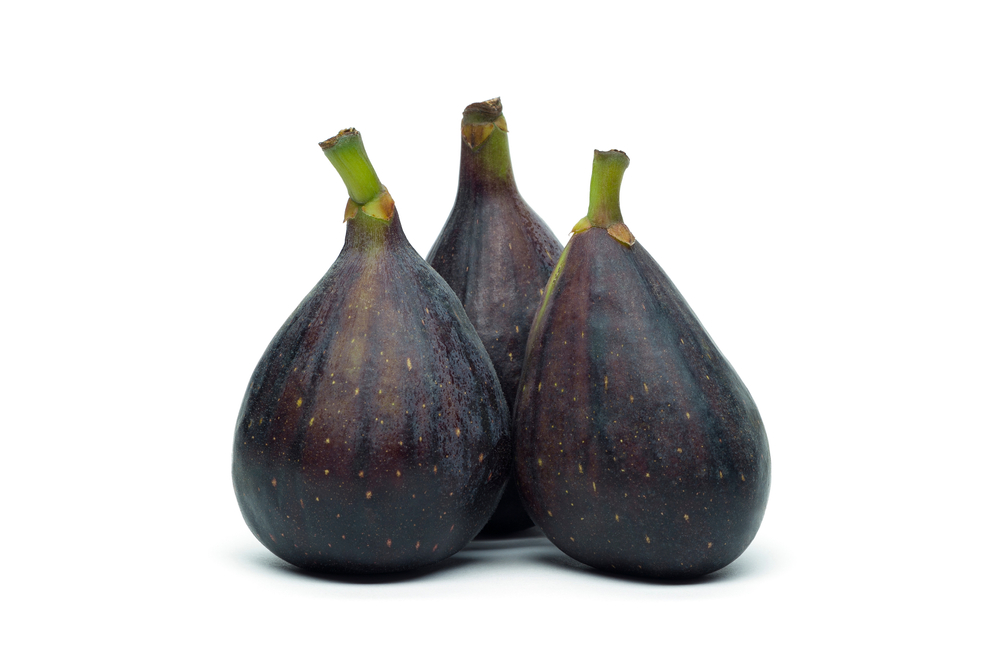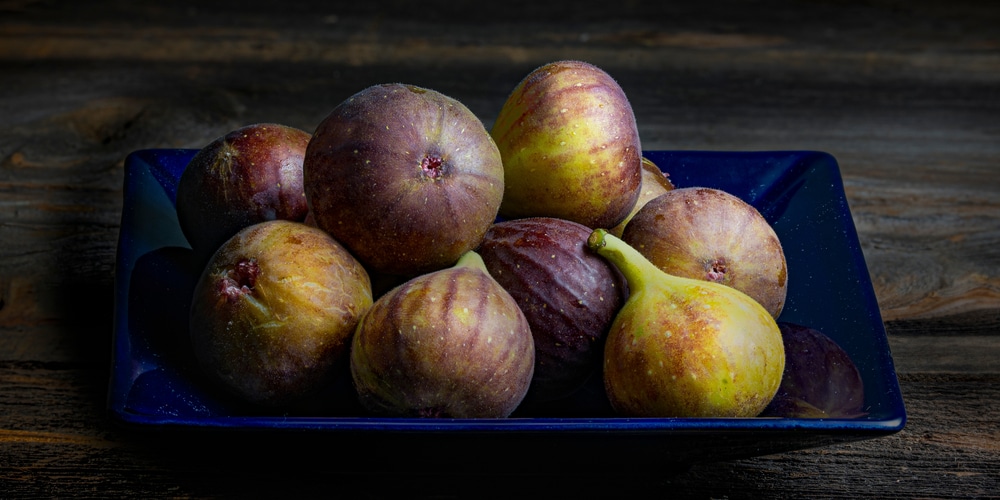Do you have a craving for figs? Or maybe you need them for one of your recipes? Well, you might want to know when exactly they’re in season.
If you do, then you’re in the right place. We’re here to tell you when they’re in season, how you can know if they’re ripe, which varieties taste the best, the benefits of figs, and if you can grow your own.
When Are Figs in Season

Most cultivators of figs can bear two crops of figs a year. The first crop will be born on the wood the year before in early summer and tends to be a lighter growth with less yield. The second crop is born on this year’s wood and comes in late summer. The second crop has a higher product.
How Can You Know If They’re Ripe
If you’re out in the field, one of the first ways you’ll be able to tell that a fig is ripe is by sight. Ripe figs will cause the branch to droop, are larger than greener fruit not ready to be picked, and usually have a color change. Ripe figs will be soft when you touch them; unripened figs will remain hard to the touch.
Your technique won’t be vastly different when you’re in the store. You’ll want to find figs that are firm to the touch but not hard. Figs that will be soft enough to yield but not soft enough to be mushy. Your fruit should smell sweet and not sour.
Which Varieties Taste Best
But which figs taste the best? That’s a matter of personal opinion. Here are a few fun varieties to get you started if you’re getting into figs now:
- Bursa
- Autumn Honey
- Black Mission
- Torro Sentado
The Bursa is a famous fig and very sweet, as is the Autumn Honey, and makes for a great addition to savory dishes around the holidays.
Fig Benefits
Sure, figs taste delicious. But what are the benefits of eating them other than satisfying your culinary yearnings? It turns out plenty!
Figs can help you with digestion because they’re high in fiber they can help with constipation and diarrhea. They’re also a source of probiotics.
In addition, figs are a reliable source of calcium, potassium, iron, magnesium, vitamin A, and vitamin C. Adding potassium to your diet can help you with such issues as high blood pressure.
Growing Your Own Figs?
If you’re a budding garden enthusiast and you’re looking to grow your own figs, the common fig tree (Ficus carica) is a reasonably easy variety to start with. While it does better in warm climates, it can be raised in a temperate climate if proper care is provided.
Some types of figs need a wasp to pollinate them. Thankfully, you won’t need to worry about that with the common fig, another reason that it’s so popular among people learning to grow this plant.
When Are Figs in Season: Conclusion
Figs have been a part of the human diet for many centuries; we’re fortunate enough to have them available in places like grocery stores. Fresh or dried, you can enjoy figs and their health benefits year-round.
And if you’re adventurous, you can start growing your own figs. After all, what’s sweeter than fruit grown in your own garden?
You may also be interested in finding out whether deer eat fig trees.

